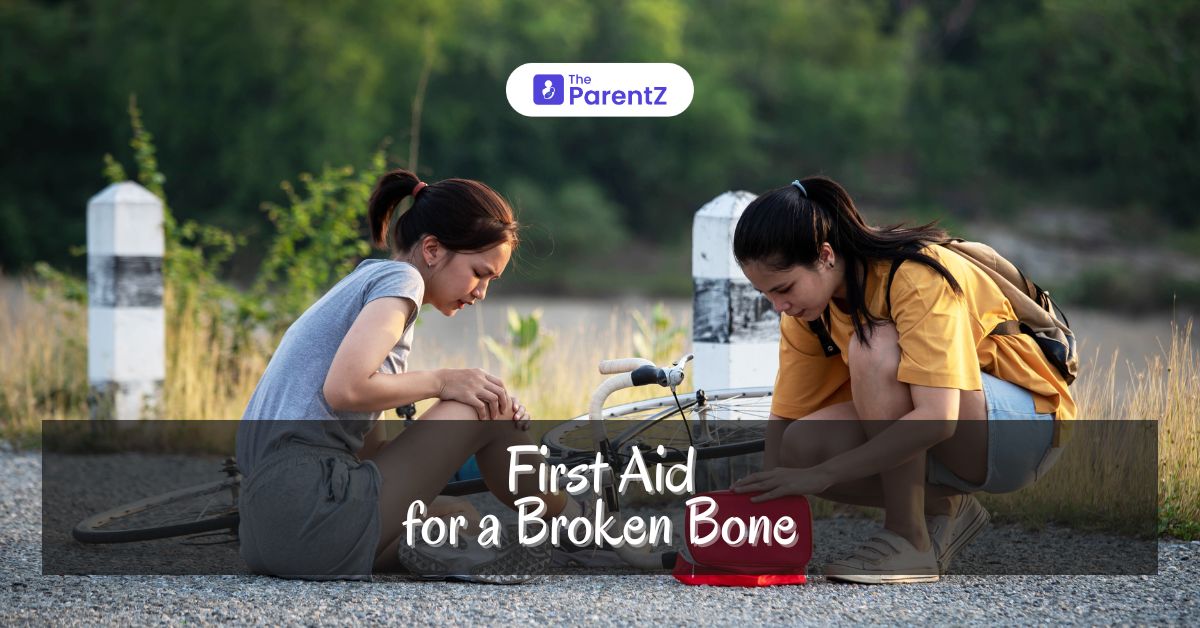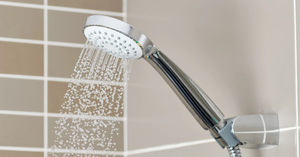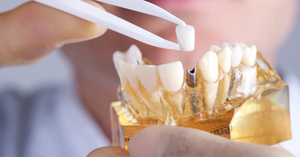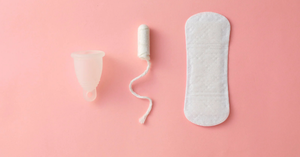What is a Broken Bone?
A broken bone, medically referred to as a fracture, occurs when there is a break or crack in the bone. Fractures can vary in severity, ranging from simple hairline fractures to complete breaks that puncture the skin. It can be a distressing experience, especially when it happens to a child. There are several types of fractures, including:
- Closed (simple) fracture: The bone is broken, but the skin remains intact.
- Open (compound) fracture: The bone breaks through the skin, increasing the risk of infection.
- Greenstick fracture: The bone bends and cracks, common in children whose bones are more flexible.
- Comminuted fracture: The bone shatters into multiple pieces.
- Stress fracture: A small crack in the bone often caused by repetitive motion or overuse.
What Causes a Broken Bone?
Fractures occur when the bone is subjected to more force than it can withstand. Common causes include:
- Falls: Children often break bones from falls during play or sports.
- Trauma: Accidents such as car crashes or collisions during sports can result in broken bones.
- Overuse: Repetitive motions or excessive force, especially in athletes, can cause stress fractures.
- Medical Conditions: Certain diseases can weaken bones, such as cancer, which may cause bones to break more easily.
- Osteoporosis: A condition where bones become weak and brittle, more common in older adults but can affect children with specific medical conditions.
- Direct blow: A direct hit to the bone, as seen in contact sports or physical altercations, can cause fractures.
What Should I Do Immediately?
In case of a broken bone, it is crucial to act promptly:
- Stay Calm: Reassure your child and keep them as still as possible to avoid further injury.
- Immobilise the Area: Use a splint or padding to immobilise the affected limb. Do not try to realign the bone yourself.
- Apply Ice: Wrap ice in a cloth and apply it to the injured area to reduce swelling and pain. Avoid placing ice directly on the skin.
- Elevate: If possible, elevate the injured limb above heart level to help reduce swelling.
- Control Bleeding: If there is an open fracture with bleeding, apply gentle pressure with a clean cloth to control bleeding without pressing directly on the wound.
- Check for Shock: Symptoms of shock include pale, clammy skin, rapid pulse, and shallow breathing. If your child is in shock, lay them down with their feet elevated and cover them with a blanket.
- Seek Medical Attention: Even if the fracture appears minor, it is essential to seek medical attention to assess the injury properly.
When Does My Child Need to See a Doctor?
Your child should see a doctor if you suspect there is a broken bone. A doctor will align the book for proper healing. You can suspect a fracture if the child has following:
- They cannot move or put weight on the affected limb.
- There is visible deformity, swelling, or bruising.
- They are in severe pain, swelling, or bruising.
- The injured area is numb or has a tingling sensation.
- It is an open fracture where the bone is visible through the skin.
When Should I Call Emergency Services?
Call emergency services if:
- The bone has pierced the skin (open fracture) which poses a high risk of infection.
- There is significant bleeding.
- The injured area is deformed, with the bone out of place.
- Your child is unresponsive or exhibits signs of severe shock (pale, clammy, or rapid breathing).
- You are unable to transport your child safely to the hospital.
How to Prevent Broken Bones
Preventing broken bones involves a combination of safety measures and promoting bone health:
- Ensure Safe Play: Supervise young children during playtime, and ensure they use playground equipment properly.
- Use Protective Gear: Equip your child with appropriate protective gear for sports and physical activities, such as helmets, pads, and proper footwear.
- Promote Bone Health: Encourage a diet rich in calcium and vitamin D to strengthen bones. Dairy products, leafy greens, and fortified foods are excellent sources.
- Regular Exercise: Promote weight-bearing exercises like walking, running, and jumping to enhance bone density.
- Safety Measures at Home: Install safety gates, secure rugs, and keep floors clear of obstacles to prevent falls.
- Education: Teach your child about the importance of safety rules and being mindful of their surroundings.
- Regular Check-ups: Monitor bone health through regular medical check-ups, especially for children and older adults.








Be the first one to comment on this story.